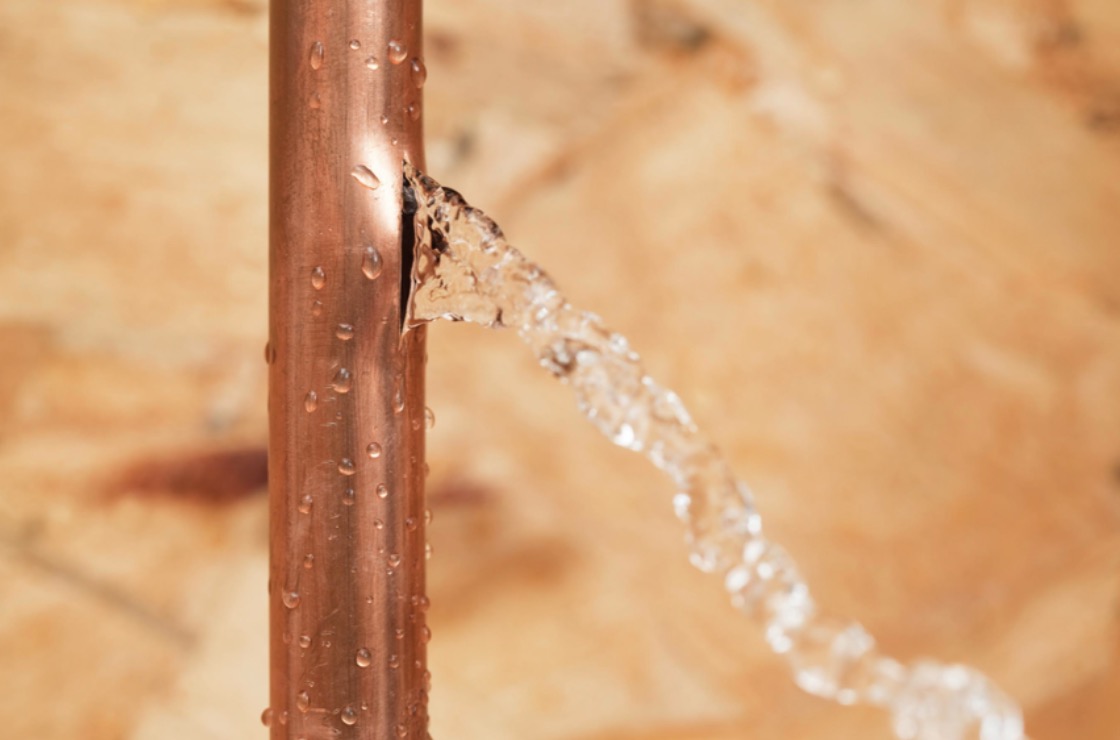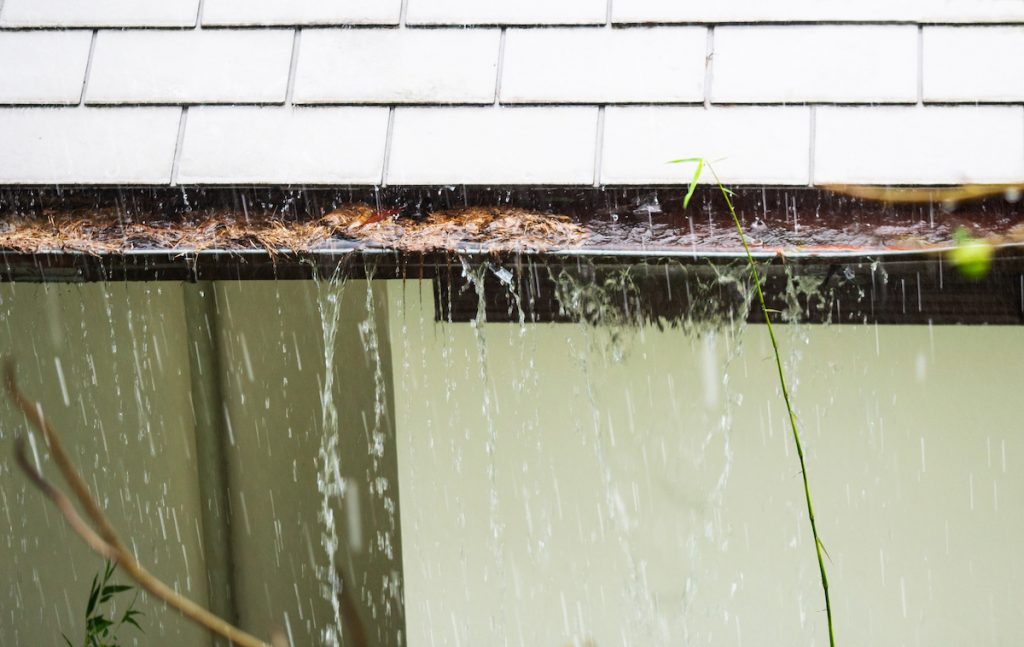Familiarize Yourself With 6 Common Reasons Behind Water Seepage in Your House
Familiarize Yourself With 6 Common Reasons Behind Water Seepage in Your House
Blog Article
Everyone seems to have their personal idea with regards to How Fast Water Damage Can Ruin Your Home.

Leaks not only trigger waste of water yet can additionally trigger unneeded damage to your home and promote unwanted organic growth. By looking as well as recognizing for day-to-day scenarios that create leaks, you can secure your home from future leaks and also unnecessary damages.
Trespassing origins
Most water leaks start outside your house instead of inside it. If you discover an unexpected decrease in water stress, say in your faucet, take some time to head out and also analyze your yard. You could discover damp patches or sinkholes in your yard, which might suggest that tree origins are invading water lines creating water to leak out. You can have your plumber look for invasion, particularly if you have trees or hedges near your building.
Corroded water systems
As time passes by, your plumbing system ages and rust such as rust may start eating away the pipes. This might be the root cause of staining or warping on your water pipes. This calls for an assessment with your plumber quickly. Think about changing the pipes given that they are at a higher threat of rust than the more recent models if our plumbing system is old.
Malfunctioning Pipeline Joints
Pipe joints can weaken over time, resulting in water leaks. If you have noisy pipes that make ticking or banging noises, especially when the hot water is turned on, your pipeline joints are possibly under a whole lot of stress.
Instant temperature adjustments.
Severe temperature adjustments in our pipelines can trigger them to broaden as well as contract suddenly. This development as well as tightening might cause cracks in the pipes, particularly if the temperature level are below cold.
Poor Water Connectors
At times, a leakage can be caused by loose tubes and pipelines that provide your appliances. In case of a water connections leakage, you may discover water running directly from the supply line or puddles around your home appliances.
Blocked Drains
Obstructed drains might be frustrating as well as inconveniencing, but they can sometimes end up triggering an overflow resulting in burst pipes. Keep eliminating any type of products that might drop your drains that could obstruct them to prevent such hassles.
All the above are root causes of leaks but not all water leaks result from plumbing leaks; some leakages might come from roofing system leaks. All leaks should be repaired immediately to avoid water damage.
Leakages not only trigger waste of water however can additionally trigger unneeded damages to your residence and promote undesirable natural growth. By recognizing and also looking for day-to-day situations that create leaks, you can protect your house from future leakages as well as unnecessary damage. Today, we will certainly look at 6 leak creates that may be causing your pipelines to leak.
At times, a leakage can be created by loose tubes as well as pipes that provide your home appliances. In instance of a water connections leakage, you may notice water running directly from the supply line or puddles around your devices.
How To Check For Water Leak In Your Home
How To Check for Leaks
The average household's leaks can account for nearly 10,000 gallons of water wasted every year and ten percent of homes have leaks that waste 90 gallons or more per day. Common types of leaks found in the home are worn toilet flappers, dripping faucets, and other leaking valves. These types of leaks are often easy to fix, requiring only a few tools and hardware that can pay for themselves in water savings. Fixing easily corrected household water leaks can save homeowners about 10 percent on their water bills.
To check for leaks in your home, you first need to determine whether you're wasting water and then identify the source of the leak. Here are some tips for finding leaks:
Take a look at your water usage during a colder month, such as January or February. If a family of four exceeds 12,000 gallons per month, there are serious leaks.
Check your water meter before and after a two-hour period when no water is being used. If the meter changes at all, you probably have a leak.
Identify toilet leaks by placing a drop of food coloring in the toilet tank. If any color shows up in the bowl after 10 minutes, you have a leak. (Be sure to flush immediately after the experiment to avoid staining the tank.)
Examine faucet gaskets and pipe fittings for any water on the outside of the pipe to check for surface leaks.
Undetected water leaks can happen without the home or business owner even realizing. If you suspect a water leak, but not able to find the source. It is time to contact a professional water leak detection service, The Leak Doctor.
How To Find a Water Leak In Your Home
https://www.leakdoctor.com/blog/How-To-Check-For-Water-Leak-In-Your-Home_AE197.html

We hope you liked our excerpt on Common Water Leaks In House. Thanks for taking a few minutes to read through our article post. Enjoyed reading our piece of writing? Please share it. Help another person discover it. Thank you for going through it.
Book-Now Report this page